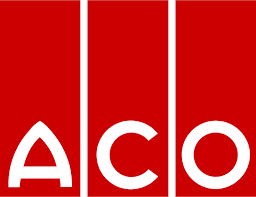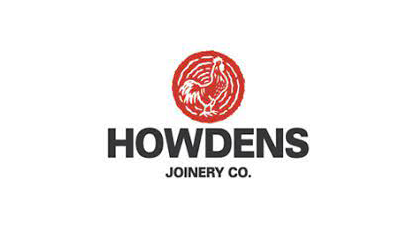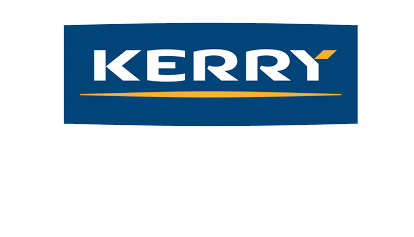
- Details
- Category: Blog
During an item on news about National Football Museum chief executive Tim Desmond commented that "The National Football Museum Hall of Fame aims to recognise a wide diversity of individuals who have made an outstanding contribution to the game".
The reason the new exhibits in the Museum Hall of Fame were newsworthy is that they will challenge the common stereotype by celebrating role models of women, ethnicity and LGBT+ contributors to the game.
This challenge to the "Football hero" Stereotype reflects how society is changing. It is also a great illustration of the findings of Behavioural Economics. Behavioural Economics has identified that the mind holds assumptions like these and uses them as if they were facts when dealing with complex situations and uncertainty that we have not experienced before. I never formally learned about the traditional/new football hero stereotype but like most accepted it without question. I have never had to use this assumption to make a judgement and I like to feel that there are other values that would prevent me from making a poor judgement but the stereotype would be my starting point.
Similarly in business, assumptions are fundamental to our medium to long term decision making processes. Even in highly data driven organisations, there is still a judgement call to make about what to do next.
So if the National Football Hall of Fame provides an insight into the assumptions of society in general, what exhibitions would represent the assumptions and stereotypes in your organisations museum?
For example, recently whilst working in a company that had once been a nationalised business. I met a very competent manager who clearly knew her stuff. During the conversation I recognised that even though this company had been privatised for more years than she had been alive, the museum stereotypes had not changed.
If there was a museum representing that company it would have a set of displays celebrating multiple personal agenda's and gaps in accountabilities.
There would be a space where the leadership vision should be.
Also exhibited would be people trying to make a difference but unintentionally running round in circles before heading for the exit.
So take a moment and think. What is in your companies Leadership museum today. What should be in there, what can you do to make that happen.
If your interested in getting a clearer picture of what that looks and how to make the change fill out the diagnostic at https://dakacademy.live/6ej and we will send you a customised road map.








